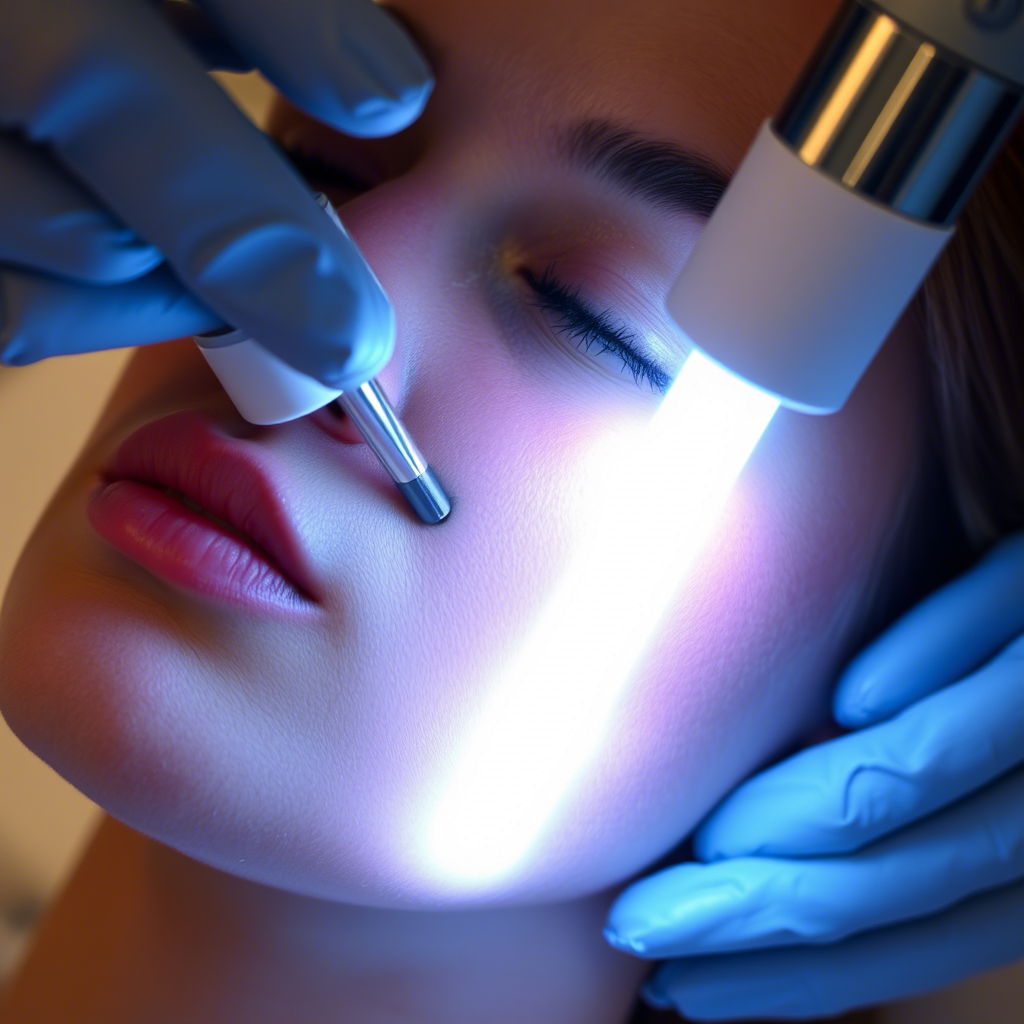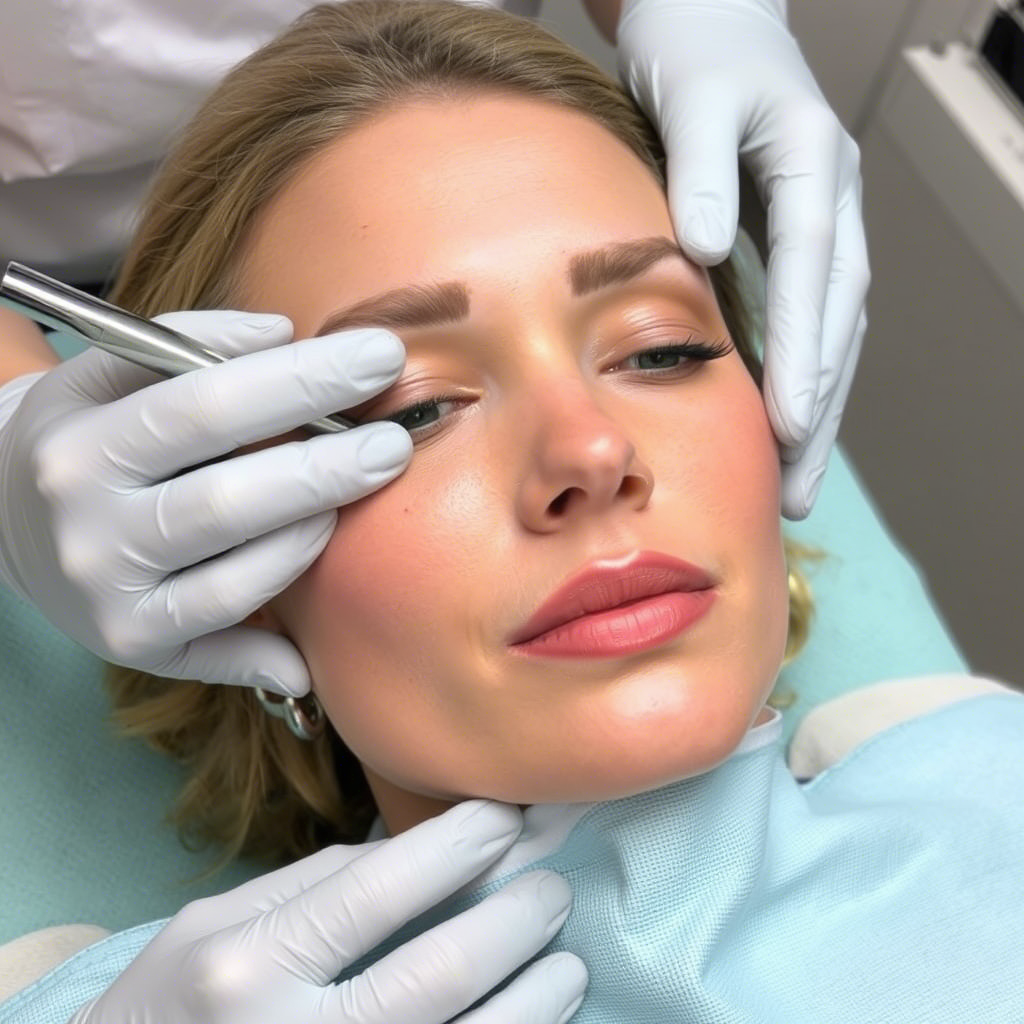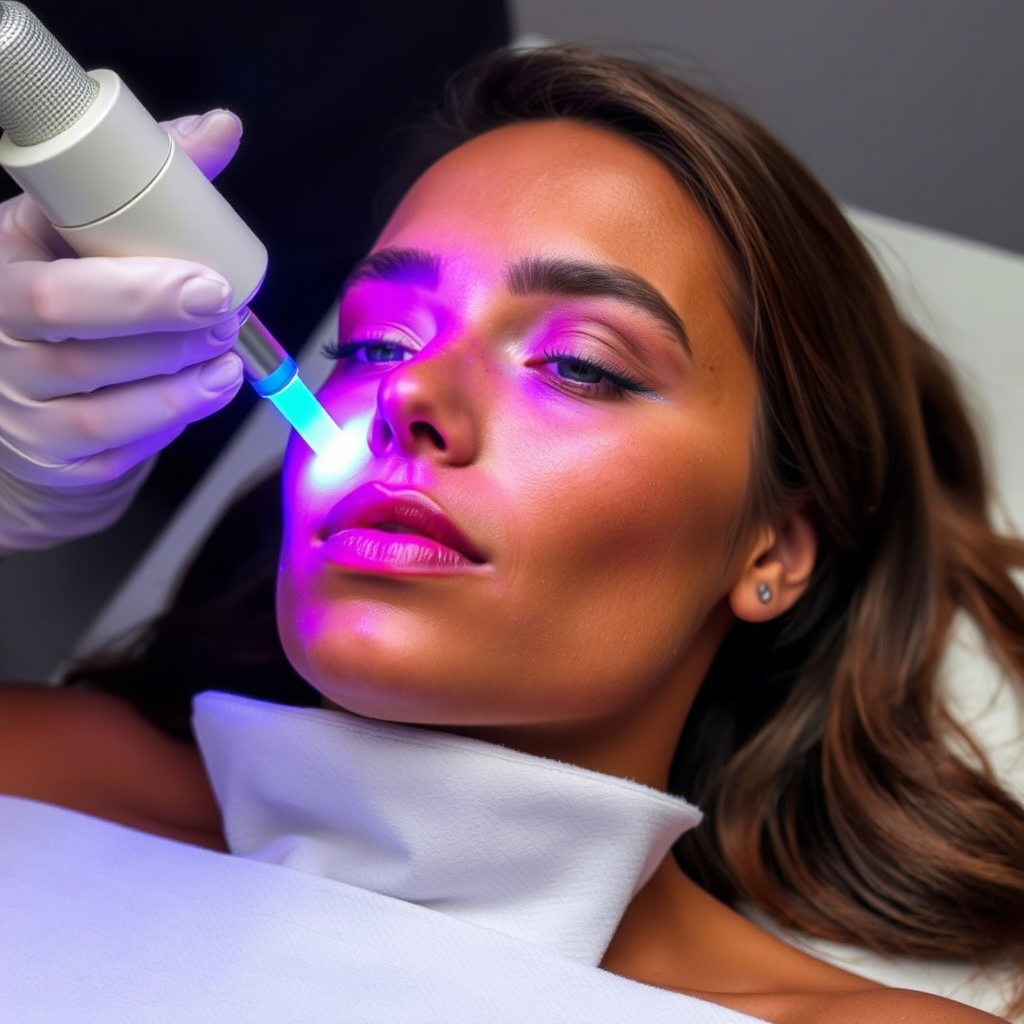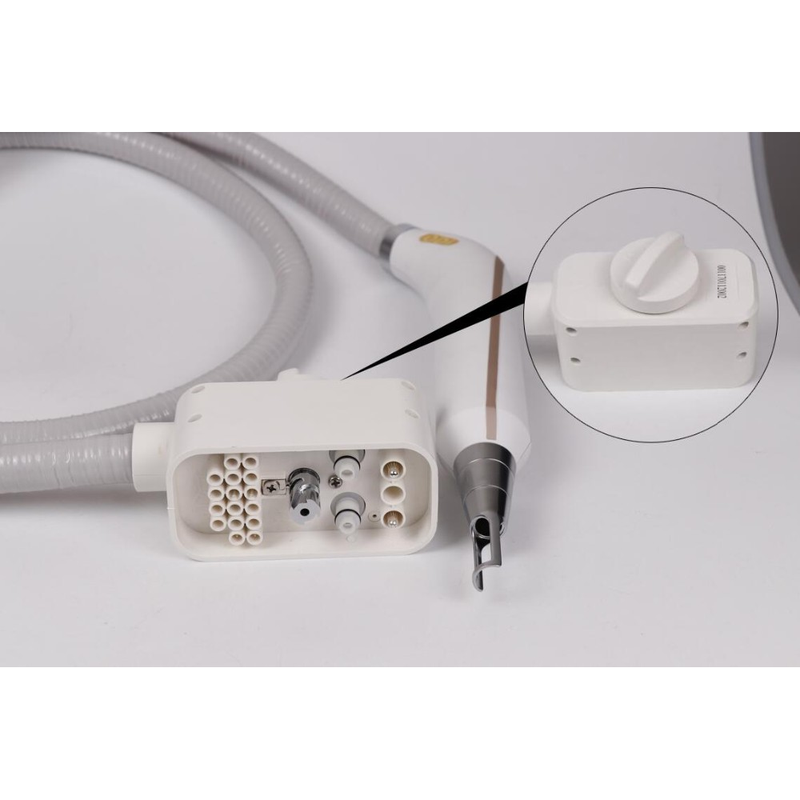Лечение удаления пигментации предлагает жизнеспособное решение для людей, стремящихся решить проблемы гиперпигментации и другие проблемы кожи. Понимая причины пигментации и доступные методы лечения, люди могут принимать обоснованные решения о своем уходе за кожей. Под руководством дерматолога и следуя правильному уходу до и после лечения, люди могут добиться значительных улучшений в состоянии своей кожи. По мере развития технологий эффективность и доступность методов удаления пигментации, вероятно, улучшатся, давая новую надежду тем, кто страдает от проблем с пигментацией.
## Лечение удаления пигментации: Всесторонний гид
Лечение удаления пигментации становится все более популярным, поскольку люди стремятся решить различные проблемы кожи, такие как гиперпигментация, мелазма и веснушки. Гиперпигментация возникает, когда происходит чрезмерное производство меланина, пигмента, ответственного за цвет кожи, в результате чего образуются пятна или точки, более темные, чем окружающая кожа. Это состояние может быть вызвано различными факторами, включая воздействие солнца, гормональные изменения и травмы кожи. Значимость лечения удаления пигментации заключается не только в его эстетических преимуществах, но и в его потенциале повысить уверенность и общее самочувствие человека. С развитием дерматологических методов лечения сейчас существует несколько эффективных вариантов для решения проблем пигментации.
### Понимание пигментации и ее причинЧтобы эффективно решить проблему пигментации, крайне важно понять ее основные причины.
- **Воздействие солнца**: УФ-лучи стимулируют производство меланина, что приводит к гиперпигментации.
- **Гормональные изменения**: Состояния, такие как мелазма, часто провоцируются гормональными колебаниями во время беременности или из-за использования контрацептивов.
- **Травмы кожи**: Пост-воспалительная гиперпигментация (ПВГ) может возникнуть после акне, ожогов или других травм кожи.
Существует несколько методов лечения удаления пигментации, каждый со своими уникальными преимуществами и пригодностью для разных типов кожи и состояний.
- **Лазерное лечение**: Лазеры воздействуют на пигментированные области, разрушая меланин.  Например, Q-switched лазеры эффективны для более глубокой пигментации.
Например, Q-switched лазеры эффективны для более глубокой пигментации.
- **Химические пилинги**: Они включают нанесение раствора для удаления верхних слоев кожи, что помогает уменьшить пигментацию.
- **Микродермабразия**: Неинвазивное эксфолирующее лечение, которое может помочь осветлить пигментированные области.
Консультация дерматолога является важным шагом в определении наиболее подходящего лечения.
- **Оценка**: Профессиональная оценка необходима для диагностики типа и причины пигментации.
- **Персонализированные планы лечения**: Дерматологи могут адаптировать лечение к индивидуальным типам кожи и состояниям.  Например, дерматолог может порекомендовать комбинацию лазерной терапии и местных кремов для достижения оптимальных результатов.
Например, дерматолог может порекомендовать комбинацию лазерной терапии и местных кремов для достижения оптимальных результатов.
- **Безопасность и эффективность**: Профессионалы обеспечивают безопасное проведение лечения, минимизируя риск осложнений.
Подготовка и послеоперационный уход имеют решающее значение для успеха лечения удаления пигментации.
- **Предварительный уход**: Это может включать избегание воздействия солнца и определенных средств по уходу за кожей.
- **Послеоперационный уход**: Следование советам дерматолога по послеоперационному уходу может существенно повлиять на результат. Например, ежедневное использование солнцезащитного крема крайне важно для предотвращения дальнейшей пигментации.
- **Поддерживающее лечение**: Некоторые методы лечения требуют нескольких сеансов, и поддерживающее лечение может быть необходимо для сохранения результатов.
Область удаления пигментации постоянно развивается, с разработкой новых технологий и методов.
- **Передовые лазерные технологии**: Новые лазерные устройства предлагают улучшенную эффективность и безопасность.
- **Комбинированные терапии**: Использование комбинации методов лечения может дать лучшие результаты. Для получения более подробной информации о последних технологиях вы можете посетить https://www.mbs-med.com/.
- **Исследования и разработки**: Продолжающиеся исследования причин пигментации и результатов лечения приводят к более эффективным решениям. Для получения последней информации о исследованиях и клинических испытаниях проверка авторитетных медицинских баз данных или профессиональных дерматологических сайтов, таких как те, которые связаны с https://www.mbs-med.com/, может быть полезной.
Лечение удаления пигментации предлагает жизнеспособное решение для людей, стремящихся решить проблемы гиперпигментации и других проблем кожи. Понимая причины пигментации и доступные методы лечения, люди могут принимать обоснованные решения о своем уходе за кожей. С руководством дерматолога и соблюдением надлежащего предварительного и послеоперационного ухода люди могут добиться значительных улучшений в состоянии своей кожи. По мере развития технологий эффективность и доступность лечения удаления пигментации, вероятно, улучшатся, предлагая новую надежду тем, кто страдает от проблем пигментации. 
В конечном итоге, ключ к успешному удалению пигментации заключается в комплексном подходе, который включает профессиональное руководство, правильный выбор лечения и тщательный послеоперационный уход.

